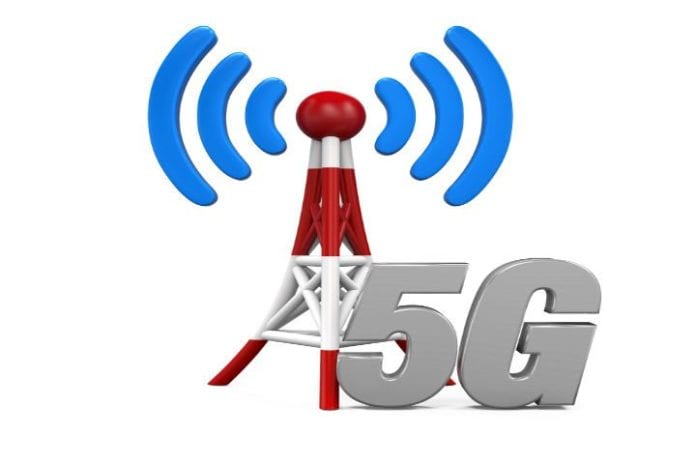CEA Tech’s Leti research institute set for a six-month trial of 5G “block filtered-OFDM” waveform said to overcome LTE limitations.
France’s CEA Tech said its Leti research institute recently announced plans to deploy a “5G” framework designed to demonstrate a new “post-orthogonal frequency division multiplexing multicarrier waveform” said to bolster current LTE waveforms. The deployment is set for a lab in Grenoble, France, and to use 40 megahertz of spectrum in the 3.5 GHz band issued on a six-month trial basis by French regulator Arcep.
Leti said the new waveform, which it described as “block filtered-OFDM,” is designed to overcome current LTE waveform issues of out-of-band emission and weakness when exposed to asynchronous communications. The multicarrier waveform is said to achieve “good frequency localization and support simultaneous single-carrier and multicarrier modulations, along with classical multi-antenna, multiple-input/multiple-output solutions.”
Leti claims the duration of the elementary communication slot is configurable and can be adapted for low-latency requirements as expected to be needed in the 5G air interface to support enhanced mobile broadband, massive machine-type communications and low latency communication use cases. The platform is also said to be backward compatible with current LTE receiver architecture and use a new medium access control layer to support multiservice and coexistence with current systems.
“Built on top of the proposed waveform, an access technique has been developed in order to exploit its promising characteristics of frequency localization and agility,” Leti explained. “This medium access control layer also has the ability to adapt so that the channel can be shared with a coexisting system and provide a means to enable enhanced dynamic spectrum access.”
Leti also said the field trial will look at using a combination of antenna isolation, radio frequency cancellation circuits and nonlinear digital filtering to boost an in-band full-duplex technique that allows for transmitting and receiving in the same frequency band at the same time.
“4G networks are quickly reaching their limits in capacity and capabilities to address new classes of services, such as massive machine-type connectivity and ultra-low latency and ultra-reliable communications,” said Dimitri Ktenas, Leti wireless lab manager, in a statement. “Anticipating these challenges, the Third Generation Partnership Project began discussing radio access network requirements in the fall of 2015, and further discussions produced a consensus that there would be a new, non-backward compatible, radio access technology as part of 5G, targeting a first release in mid-2018.”
Bored? Why not follow me on Twitter.

